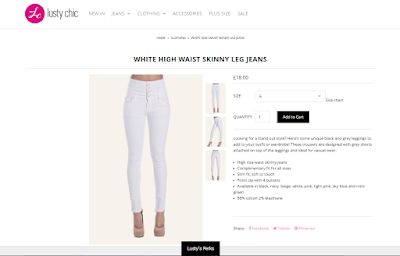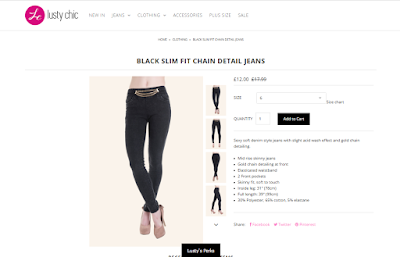Women jeans UK,In the UK, "pants" by and
large means clothing and not trousers. Shorts are like trousers, but rather
with legs that descend just to around the zone of the knee, higher or lower
contingent upon the style of the article of clothing. To recognize them from
shorts, trousers might be called "long trousers" in specific
connections, for example, school uniform, where customized shorts might be
called "short trousers", particularly in the UK.
Women jeans UK,
trousers have been worn since old times and all through the medieval period,
turning into the most well-known type of lower-body attire for grown-up guys in
the current world, despite the fact that shorts are additionally generally
worn, and kilts and different pieces of clothing might be worn in different
districts and societies. Breeches were worn rather than trousers in early
advanced Europe by a few men in higher classes of society. Since the
mid-twentieth century, trousers have progressively been worn by ladies too.
Blue summer jeans Pants, made of denim, are a type of
trousers for easygoing wear, now broadly worn everywhere throughout the world
by both genders. Shorts are regularly favored in hot climate or for some games
furthermore frequently by youngsters and adolescents. Trousers are worn on the
hips or waist and might be held up by their own particular fastenings, a belt
or suspenders (supports). Tights are perfectly sized trousers, of a clingy
material, frequently sewed cotton and spandex (elastane).In the United Kingdom
and Ireland the words "trousers", or "slacks", were
generally utilized for ladies' trousers. In Scotland, trousers are at times
known as trews, which is the memorable foundation of the word 'trousers'.
Trousers are otherwise called breeks in Scots, a word identified with breeches.
The thing of apparel worn under trousers is underpants. The standard structure
"trousers" is likewise utilized, however it is now and then
maintained in a way around spoke to by "tru:zɨrz", which is
conceivably a return to the Gaelic word truis which the English word begins
from.
Blue summer jeans are
trousers regularly produced using denim or dungaree fabric. Skin-tight stockings
are usually alluded to as tights.
Denimis a solid cotton
twist faced material in which the weft goes under two or more twist strings.
This twill weaving delivers a corner to corner ribbing that recognizes it from
cotton duck.
Grey
jeansis indigo denim, in which the twist string is colored,
while the weft string is left white. As a consequence of the twist confronted
twill weaving, one side of the material is commanded by the blue twist strings
and the other side is ruled by the white weft strings. This causes Levis to be
white within. The indigo coloring process, in which the center of the twist
strings stays white, makes denim's mark blurring characteristics. Denim was
customarily hued blue with indigo color to make pants, in spite of the fact
that "jean" once in the past signified an alternate, lighter, cotton
fabric. The contemporary utilization of "pants" originates from the
French word for Genoa, Italy, where the primary denim
trousers were made. Denim has been utilized as a part of the USA since the mid
nineteenth century.
Grey jeans at first picked up
prevalence in 1873 when Jacob Davis, a tailor from Nevada, produced the main
pair of "bolt strengthened" denim pants. His idea for making
fortified pants was roused when a woman client asked for some solid and solid
jeans for her spouse to cleave wood. At the point when Davis was going to wrap
up the denim pants, he saw some copper bolts lying on a table and utilized the
bolts to secure the pockets. Right now, garments for Western workers, for
example, teamsters, surveyors, and excavators, were not exceptionally durable.
Soon, the fame of denim pants started to spread quickly and Davis was
overpowered with solicitations. He soon sold 200 sets to laborers needing
overwhelming work clothing.















